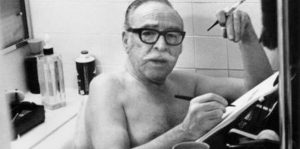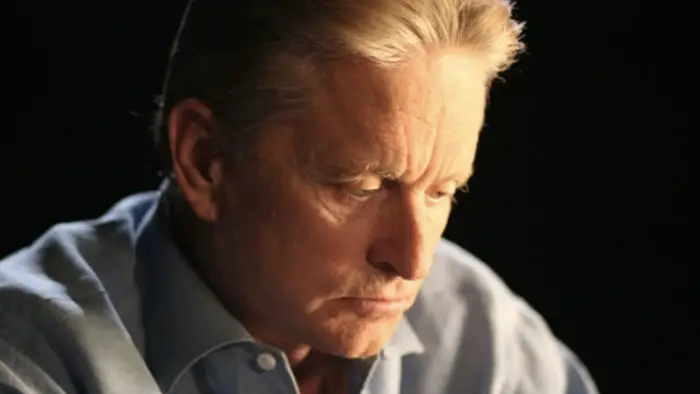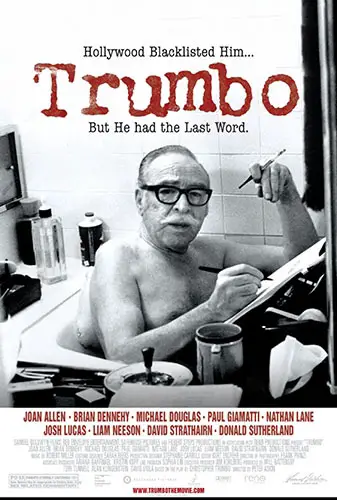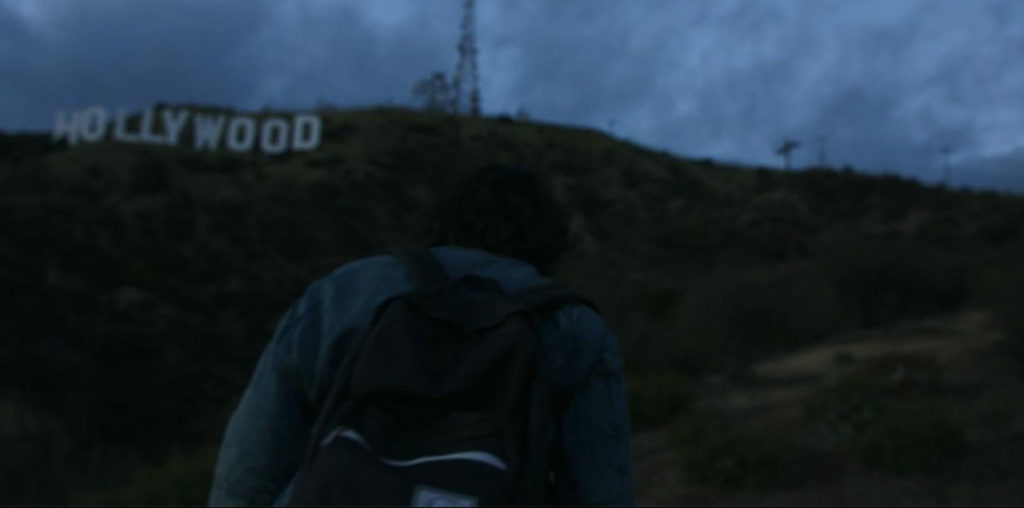
The House soon brought to the media those called the Hollywood Ten. After one member, Dalton Trumbo refused to testify – and a banging gavel signaled his dark fate taking shape – his last hyperbolic statement, that the House was a “concentration camp for writers,” wasn’t too far off.
Thus, this documentary (based on the stage play by Trumbo’s son, Christopher, who adapted it for the screen) often depicts the author as a victim of the blacklist. To escape his loss of work in the U.S., Trumbo relocated to Mexico and wrote for the screen under more than ten pseudonyms. Yet in an archival interview – one of many that make the author a distinct presence in the film – Trumbo recalls that reestablishing himself in Mexico was like “finding work at midnight in a thick fog among strangers.” His eloquence, when describing the hard times, suggests the kind of wisdom attainable only after such a personal tragedy.
After secretly reconnecting to Hollywood, he had to produce much more to eke out a living. However, he’d soon embarrass Hollywood by winning Oscars in 1953 (for “Roman Holiday”) and in 956 (for “The Brave One”) for obvious fronts. When the fictitious writer of “The Brave One” was nowhere to be found, the media was at Trumbo’s doorstep, where he shrugged off the scandal from back north. He worked in Mexico until 1960 when star/producer Kirk Douglas pressured the studio to credit Trumbo in the name on “Spartacus,” as did director Otto Preminger for Trumbo’s script for “Exodus.” Though Trumbo’s often remembered today as a victim, his reemergence proves him to be a dauntless hero.

“…realizes many great moments to make the writer’s story – often reduced to a footnote – into an intriguing one.”
This documentary’s narrative feels deliberately chronological, as the storyline adheres to the significant steps of Trumbo’s career. Nonetheless, the film realizes many great moments to make the writer’s story – often reduced to a footnote – into an intriguing one. Many points suggest him to be another quirky artist, not the least of which is the famous photo of him scripting a story in a bathtub, cigar in hand. In “Trumbo,” such inclusions reveal the quirks of creativity more than the stereotype of the oddball genius.
To sample the author’s work – and remind us of what an artist he was – the documentary features dramatic readings from Trumbo’s vast collection of letters. The performers recreating these moments from the stageplay include Michael Douglas, quite fittingly, along with Paul Giamatti, Donald Sutherland, and other famous faces. The use of the staged readings feels at first like a gimmick to free up the film’s exposition, which at times needs the help. Yet the contemporary actors represent a tradition that can thrive thanks to the 10, and help make for a worthy tribute.

"…his reemergence proves him to be a dauntless hero."

